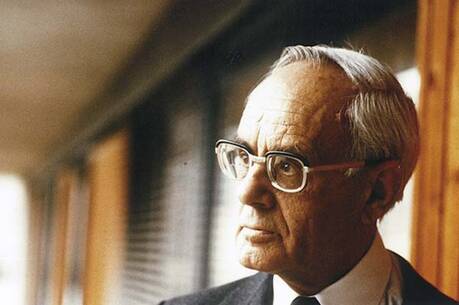Humanism or Formalism?
This volume presents the lectures of a seminar held at Fordham University’s Graduate School of Education in 1999, a year that spawned several events celebrating the centennial of the Ratio Studiorum, the program of the Society of Jesus for all its schools in 72 countries over the course of four centuries.
The editor’s introduction stresses the relevance of the Ratio for today’s educational needs in Catholic and Jesuit schools. Howard Gray, S.J., then deals with the central importance of Loyola’s educational experience during 11 years of schooling in Spain and Paris. Gabriel Codina, S.J., summarizes the analyses he had offered of the modus Parisiensis in his 1986 book on the Jesuits’ teaching method. John W. Padberg, S.J., in Developments of the Ratio Studiorum, traces the history of the Ratio up to the 1599 definitive edition. Rosemary A. DeJulio throws further light on the careers of two Jesuit-inspired and oriented women educators, Mary Ward of Yorkshire (1585-1645), founder of the 1801 Institute of the Blessed Virgin Mary, a school for women educators at St. Omer (Spanish Flanders), and Madeleine Sophie Barat (b. 1779 at Joigny, Northern France), founder of the Society of the Sacred Heart (Amiens, 1801), today’s Religious of the Sacred Heart of Jesus.
In perhaps the most provocative lectures of the seminar John O’Malley, S.J., speaks on How the First Jesuits Became Involved in Education and also on From the 1599 Ratio Studiorum to the Present: A Humanist Tradition?
O’Malley’s other paper in the present volume raises an essential question, a paradox. Lay critics have blamed the Jesuits for eviscerating the humanistic tradition and replacing true humanitas with classical formalisminformation and instruction instead of formation, thus producing a gentlemanly social elite burdened with a baggage of quotable but practically irrelevant classical lore.
Recent research, however, has stressed the classroom formalism of actual humanistic teaching even in the Quattrocento: the schools were not forming citizens and homines boni, but simply têtes bien remplies instead of bienfaites. O’Malley points out that Geronimo Nadal emphasized the (Erasmian) pietas and Christianitas as goals of education, pietas meaning upright character. The problem, hence, remains: whether the Jesuit schools produced what Nadal proposed or came rather short of that goal; and, if they did come short, how responsible they were for a betrayal they shared with the best humanistic lay schools.
O’Malley points out that the implementation of the Ratio has been adapted to new circumstances in the last two centuries, and editor Duminuco agrees in the final paper, A New Ratio for the Millennium? in which he asserts that the Jesuit schools now have a substitute document in the Characteristics of Jesuit Education, published here as Appendix A from the 1986 text of the General Curia. Appendix B reprints Ignatian Pedagogy: A Practical Approach, 1993, another General Curia publication now also out of print.
This article also appeared in print, under the headline “Humanism or Formalism?,” in the December 16, 2000, issue.








